Semester 2 Final Exam Vocab Review Set 3: Evolution Mrs. K
1/18
There's no tags or description
Looks like no tags are added yet.
Name | Mastery | Learn | Test | Matching | Spaced |
|---|
No study sessions yet.
19 Terms
vestigial structure
structure that is inherited from ancestors but has lost much or all of its original function
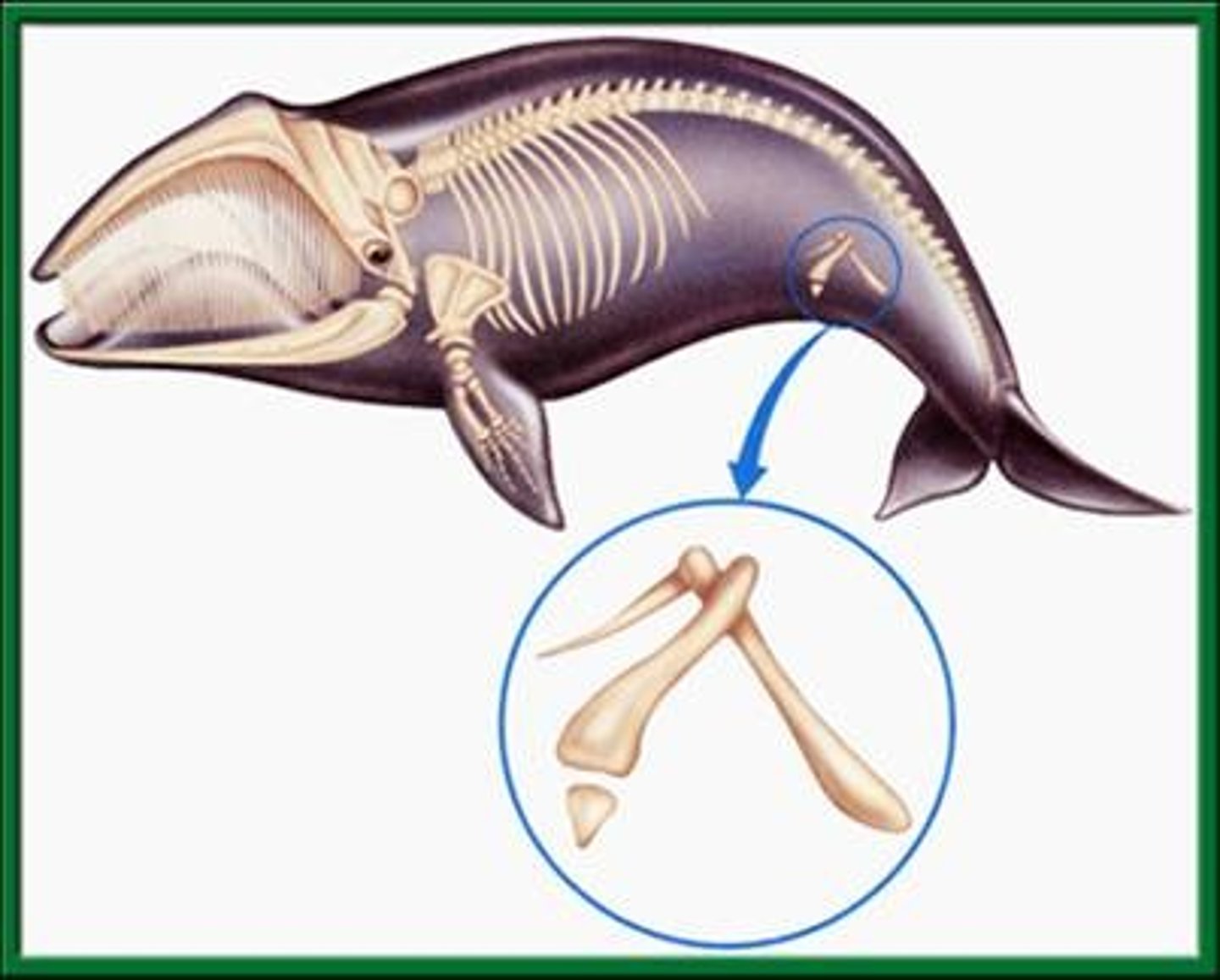
comparative embryology
the study of the similarities and differences in the embryos of different species
homologous structure
body part that is similar in structure on different organisms but performs different functions
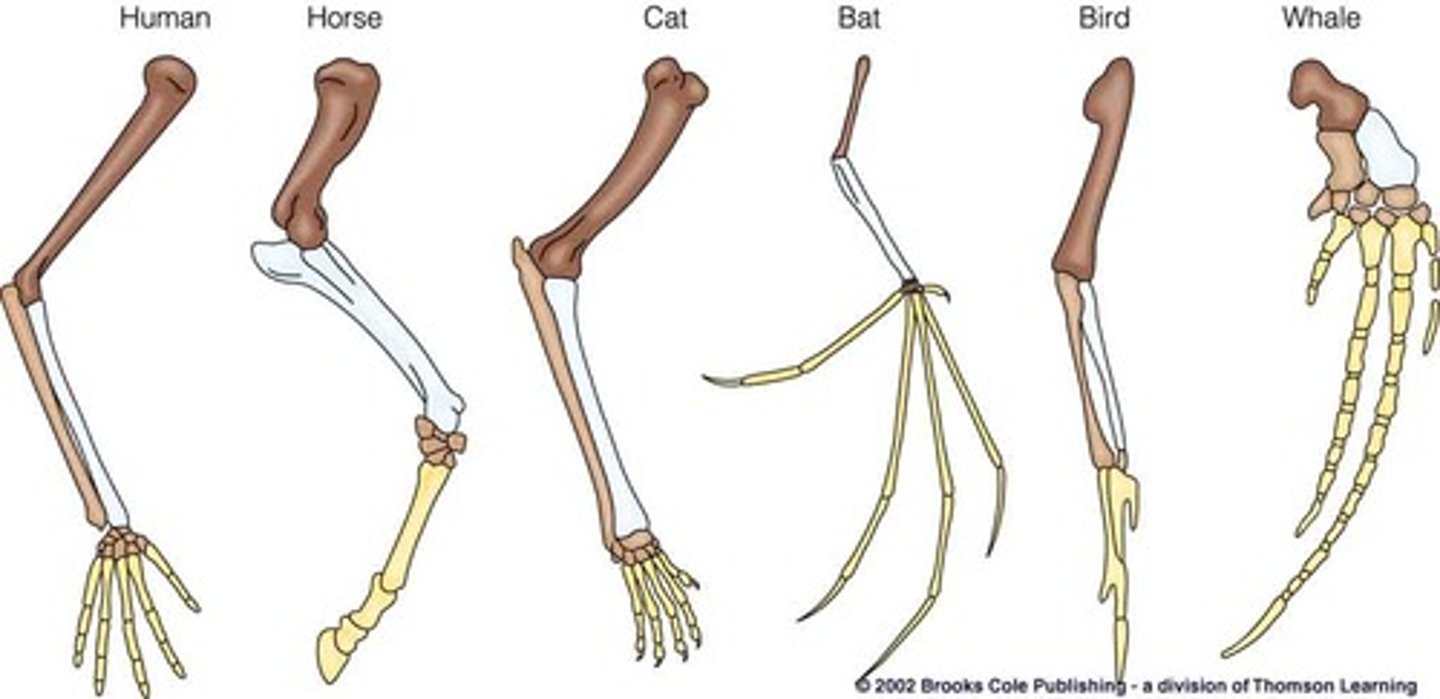
natural selection
A natural process resulting in the evolution of organisms best adapted to the environment.
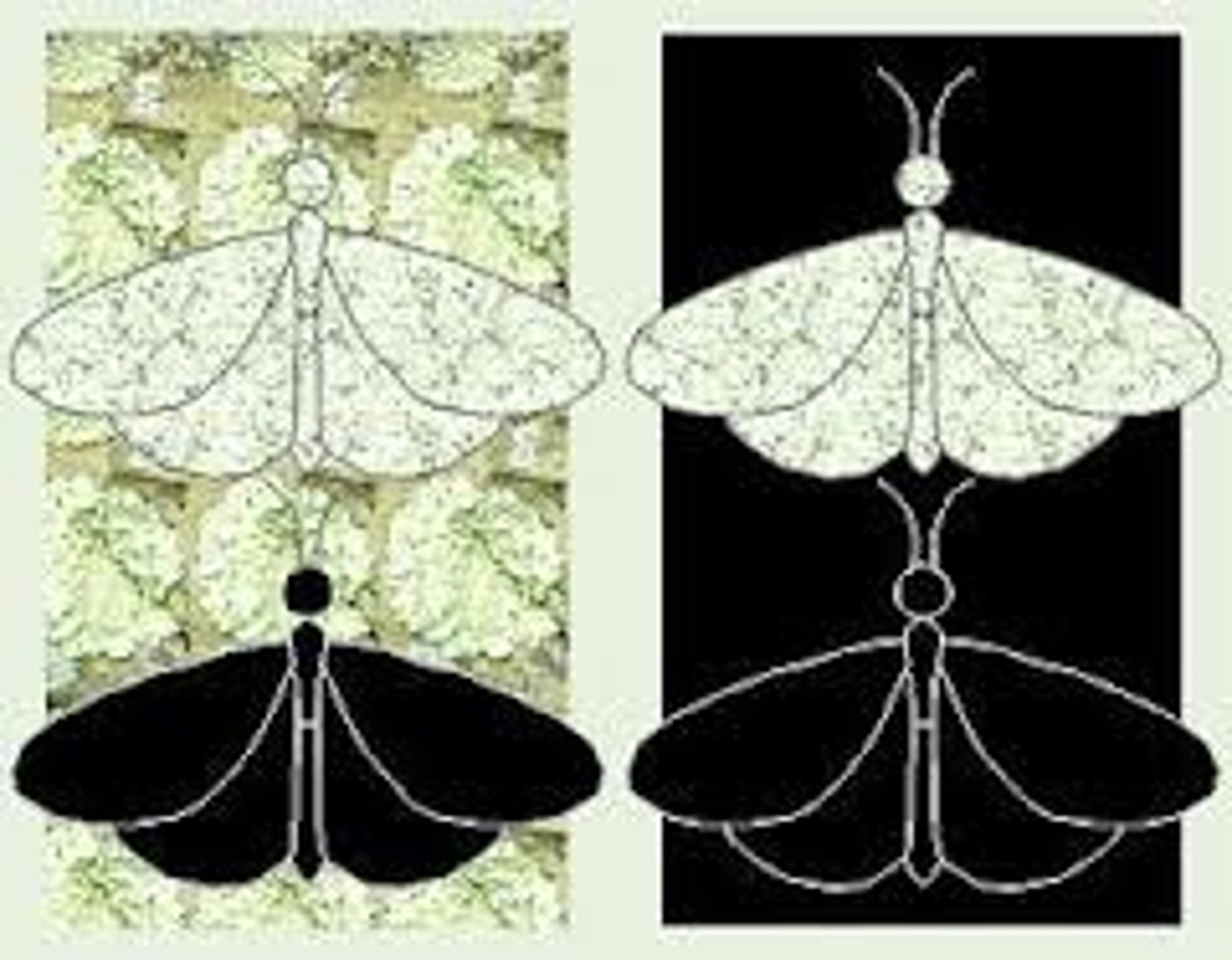
Evolution
Change over time
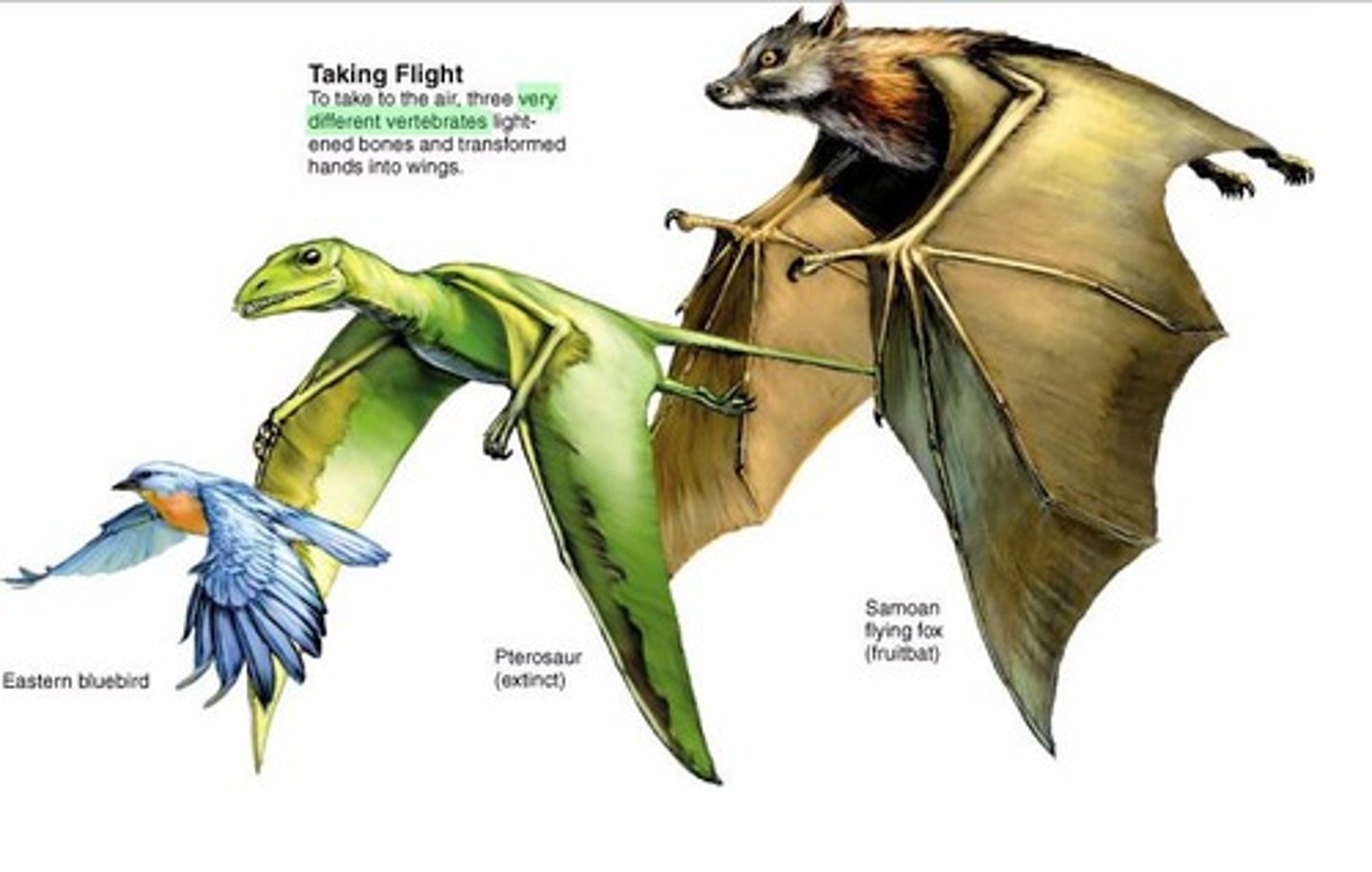
Fitness
Ability of an organism to survive and reproduce in its environment
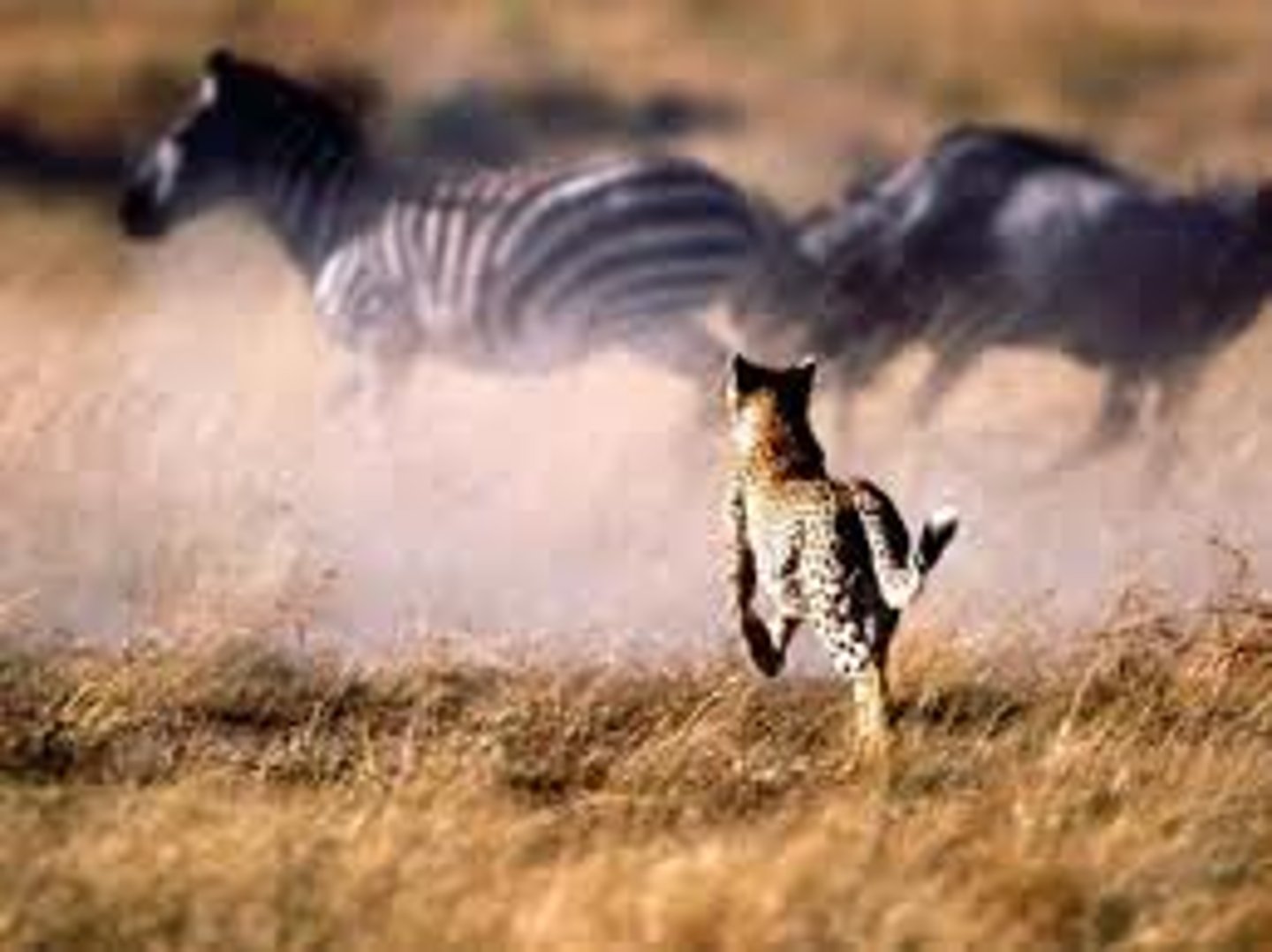
Speciation
the formation of new and distinct species in the course of evolution.
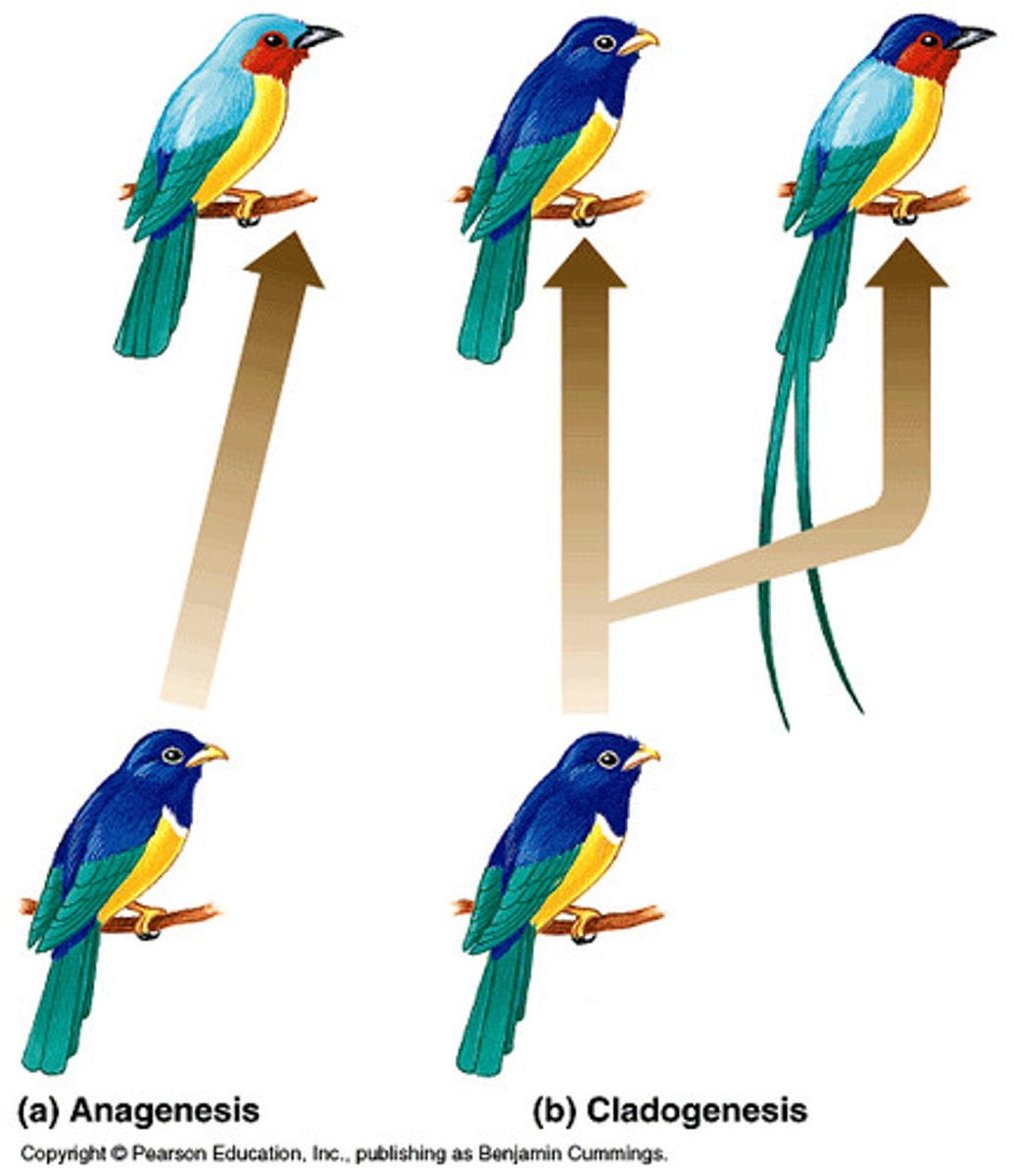
analogous structures
structures that do not have a common evolutionary origin but are similar in function
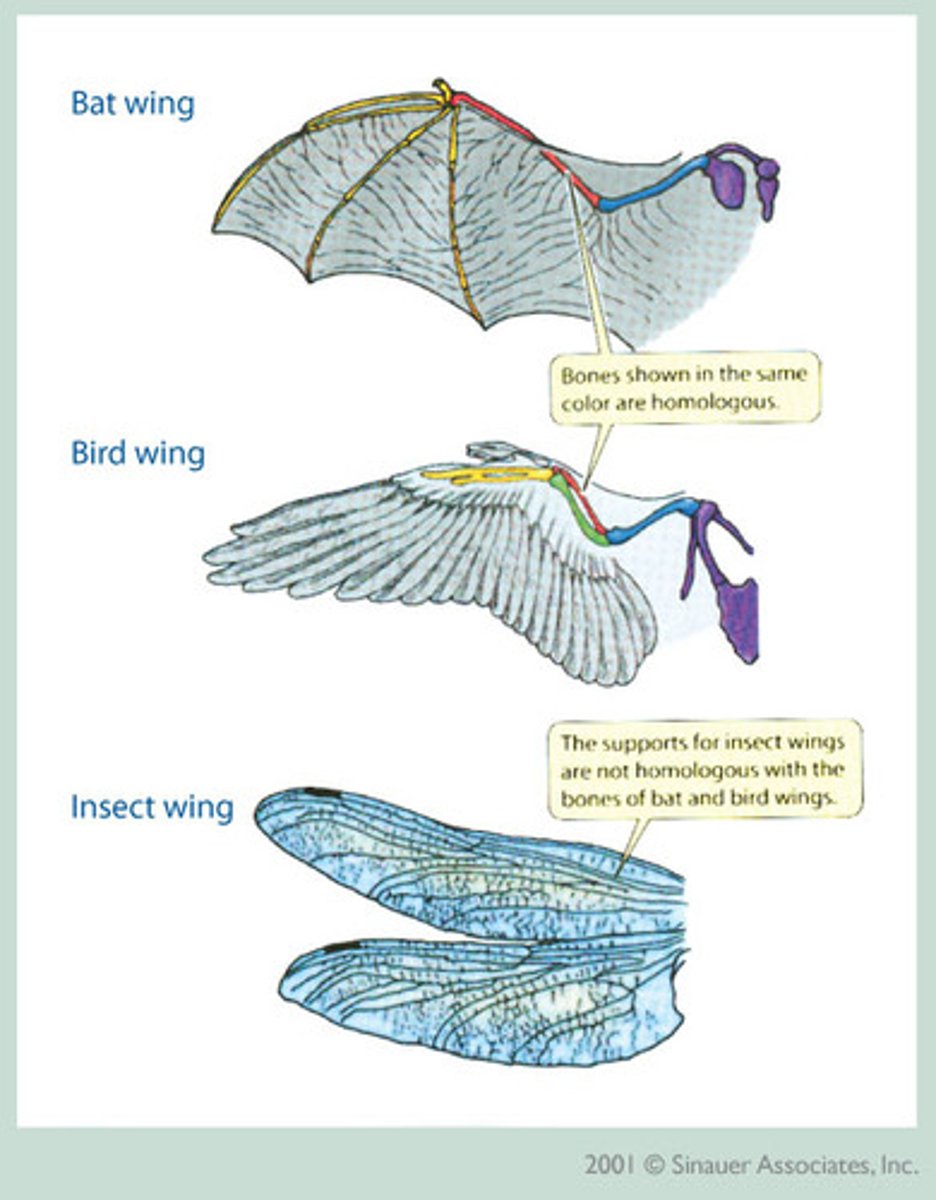
Fossil
The preserved remains or traces of an organism that lived in the past. Also evidence of evolution.
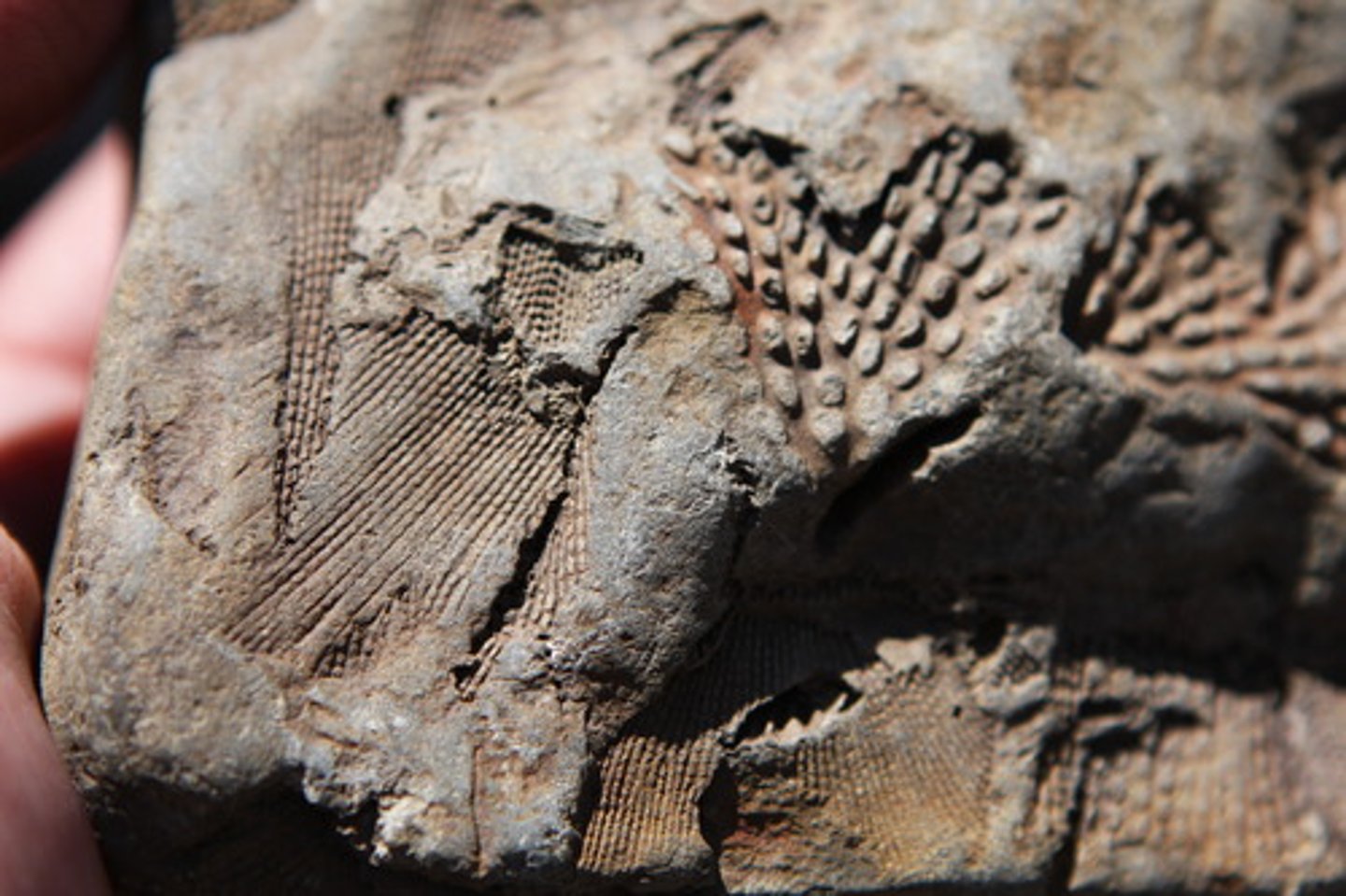
allele frequency
Number of times that an allele occurs in a gene pool compared with the number of alleles in that pool for the same gene
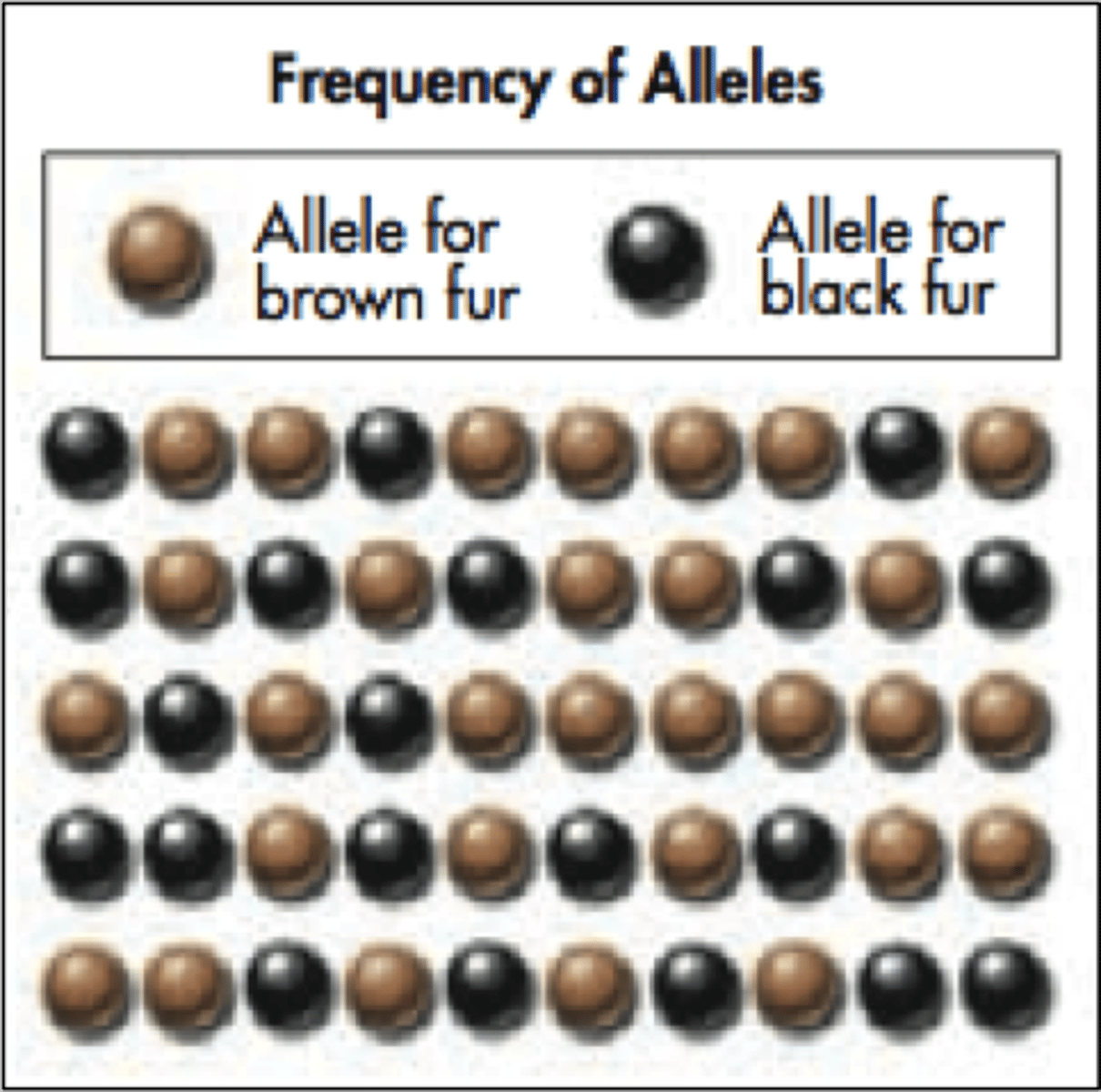
Adaptation
inherited characteristic that increases an organism's chance of survival
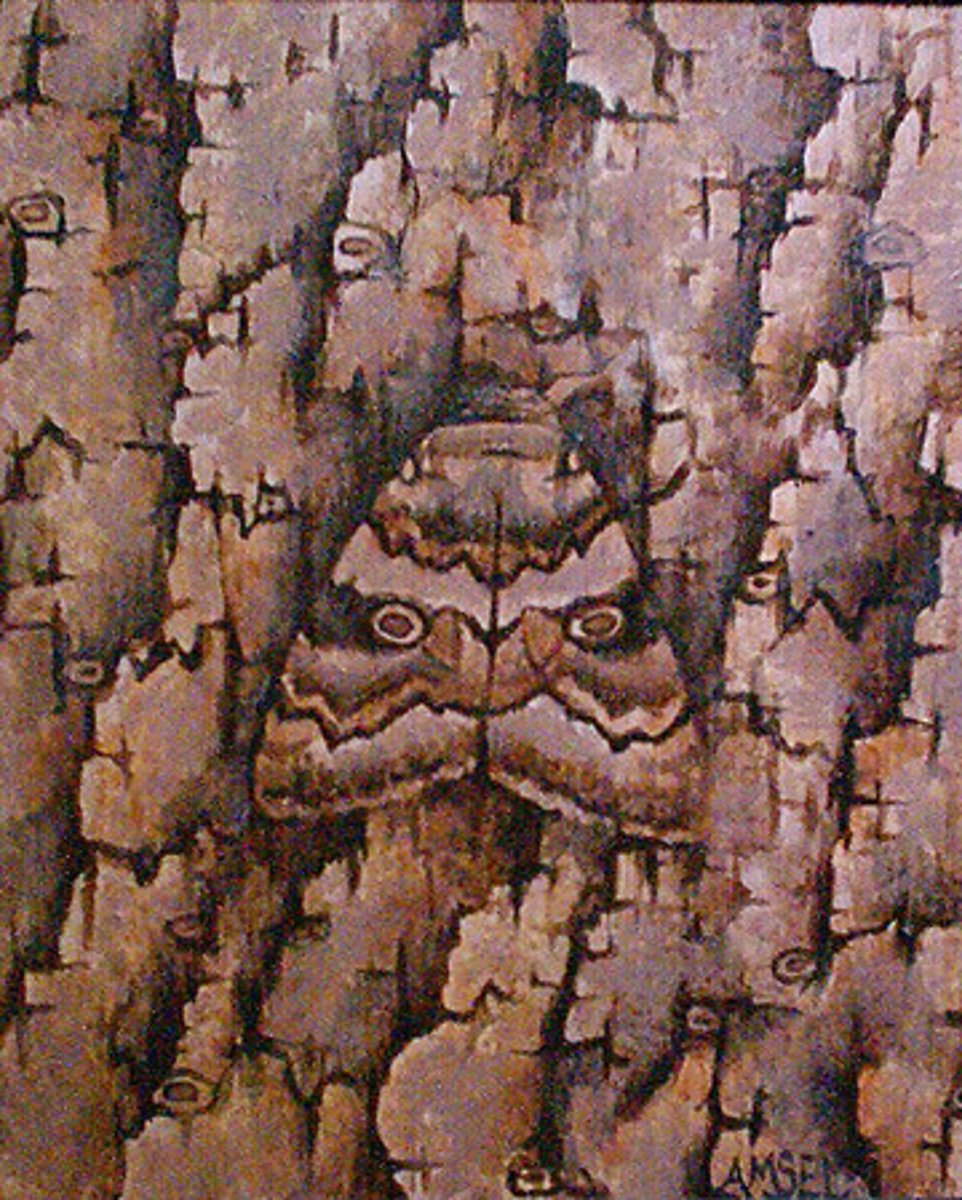
directional selection
occurs when natural selection favors one of the extreme variations of a trait
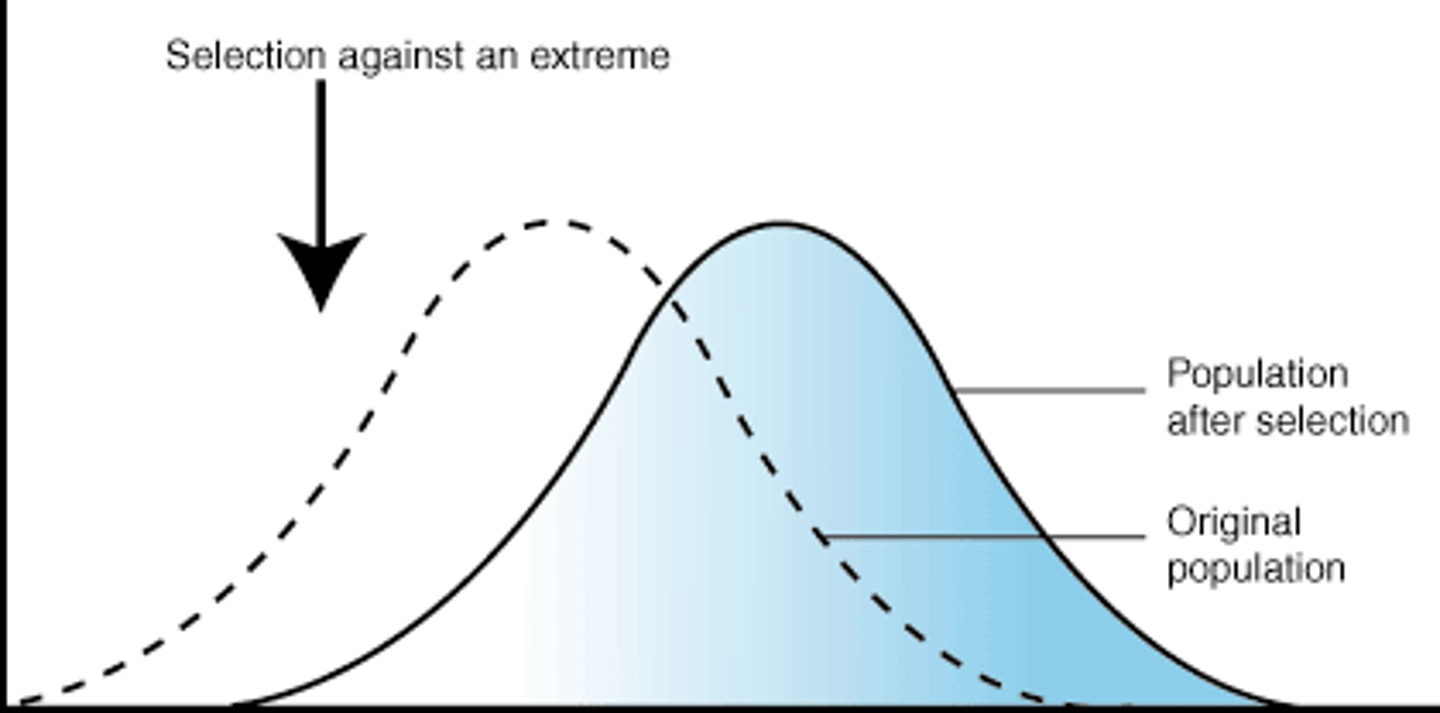
stabilizing selection
natural selection that favors average individuals in a population; results in a decline in population variation
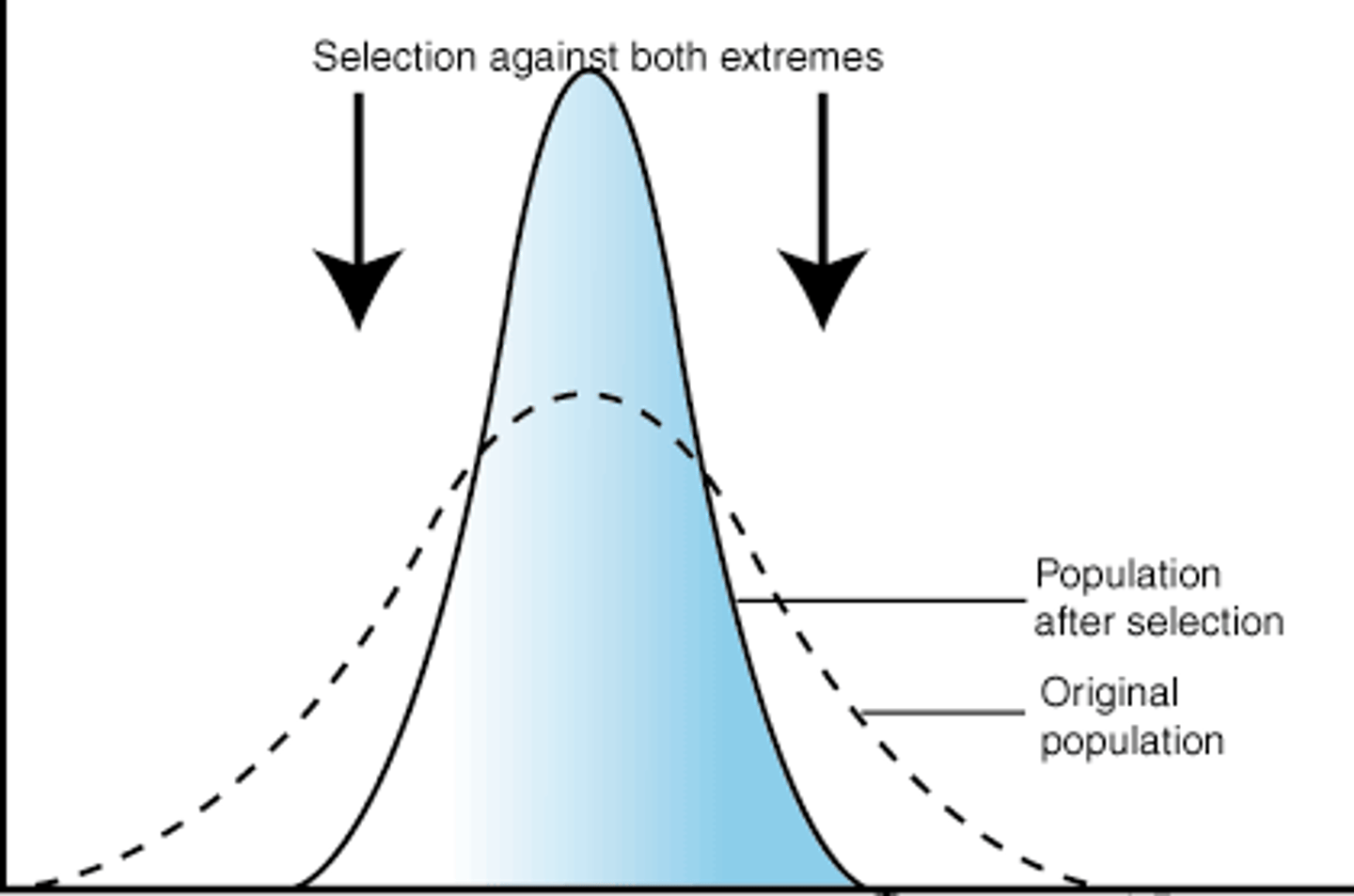
disruptive selection
favors individuals at both extremes of the phenotypic range
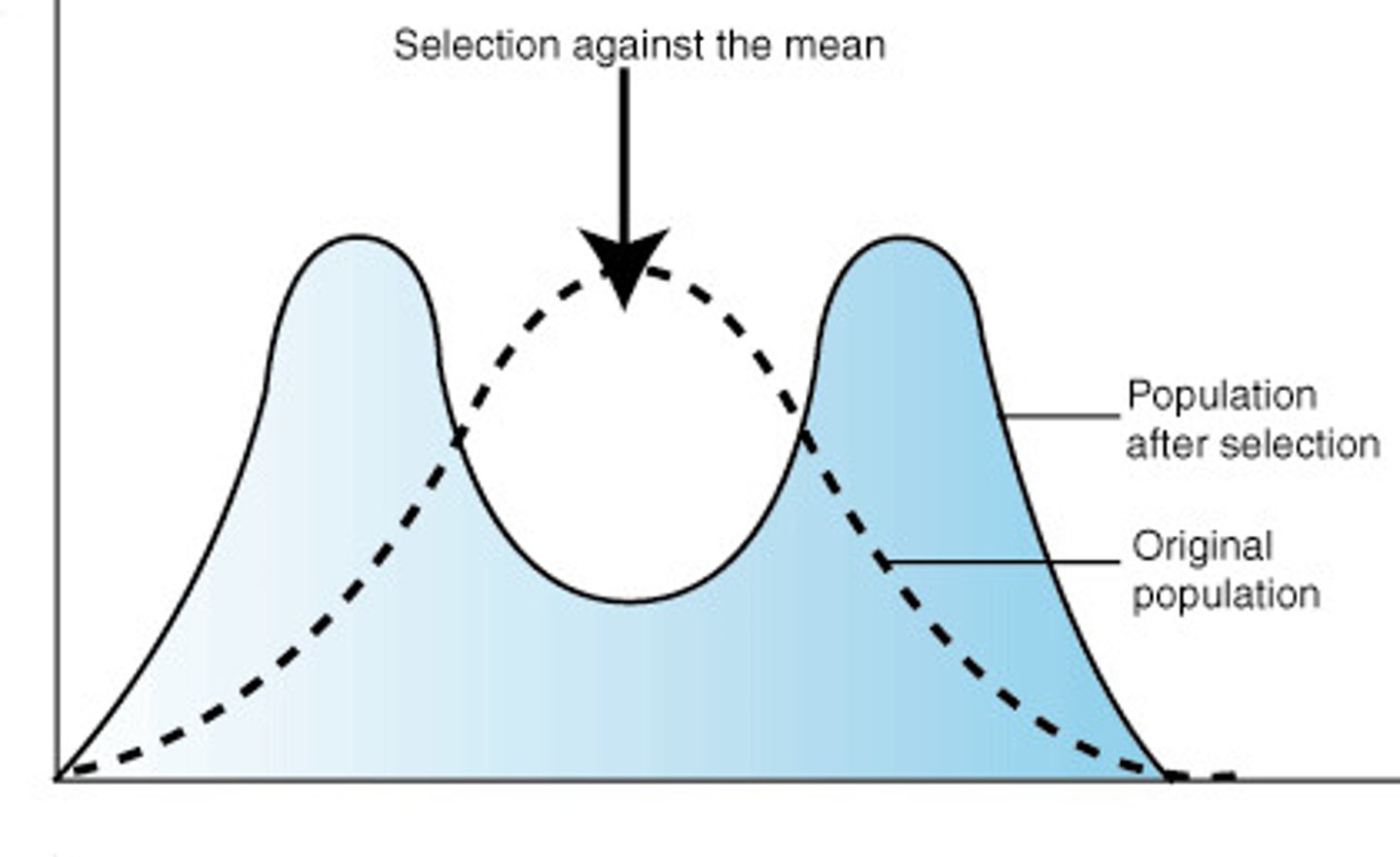
geographic isolation
form of reproductive isolation in which two populations are separated physically by geographic barriers such as rivers, mountains, or stretches of water
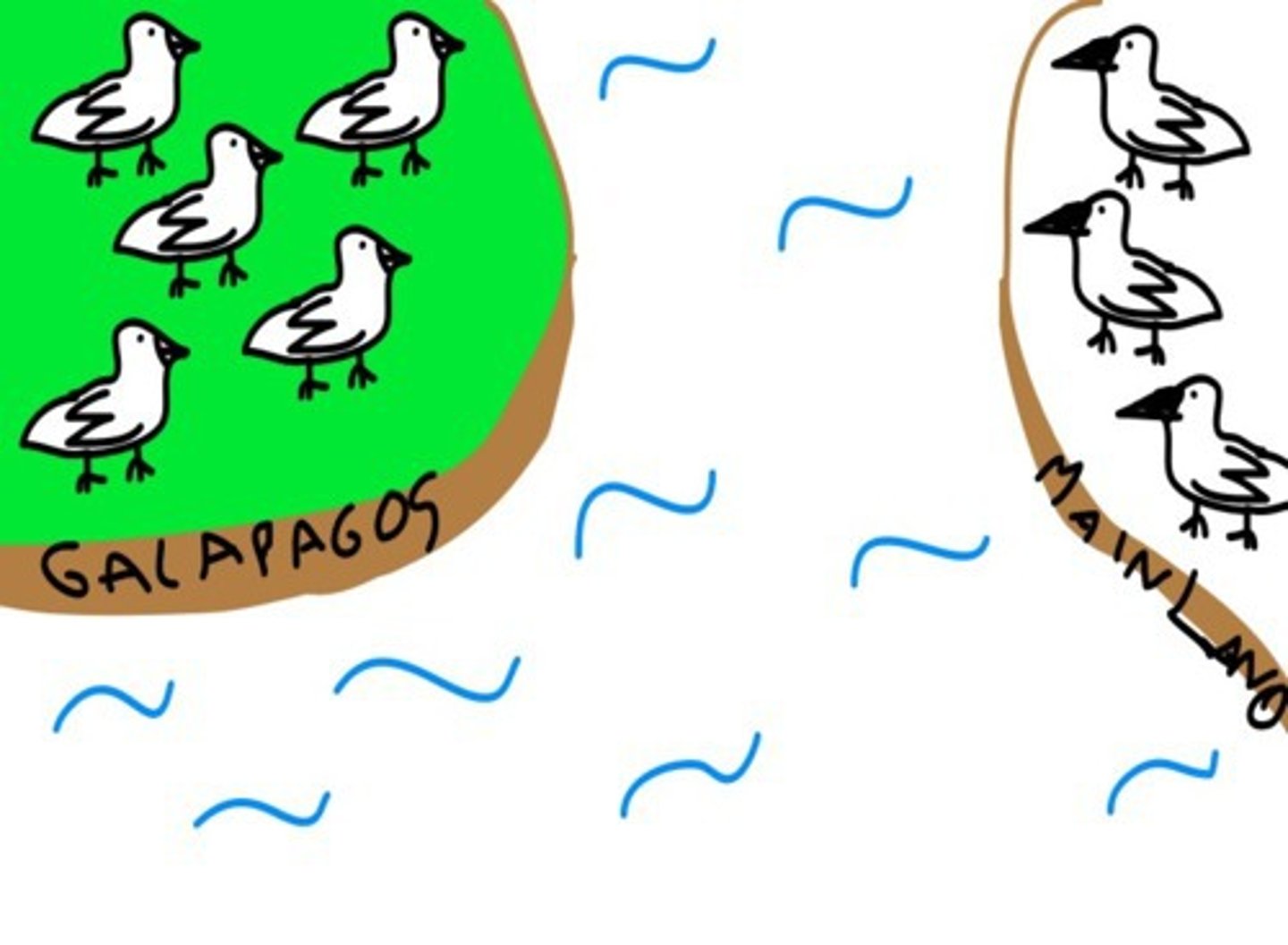
temporal isolation
form of reproductive isolation in which two populations reproduce at different times
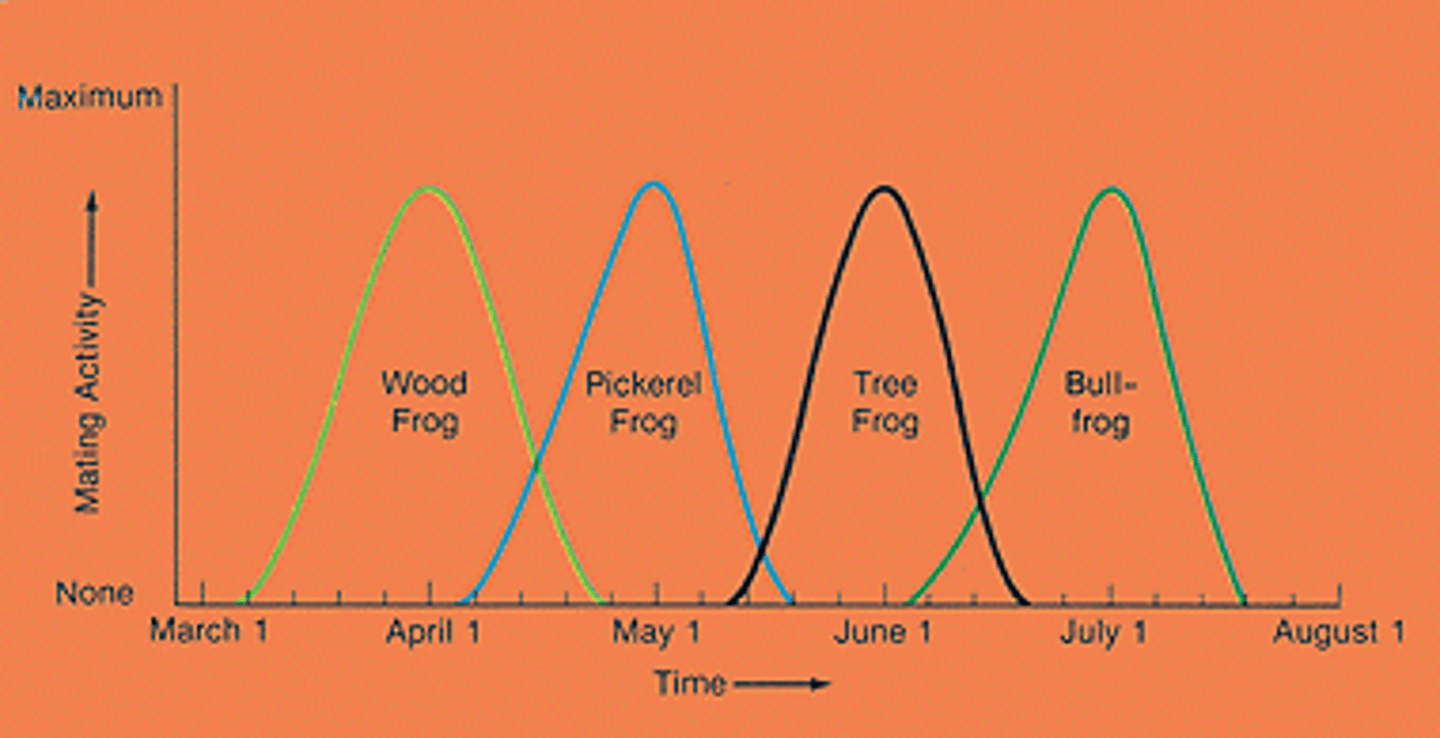
hybrid infertility
hybrid offspring are sterile or have low fertility
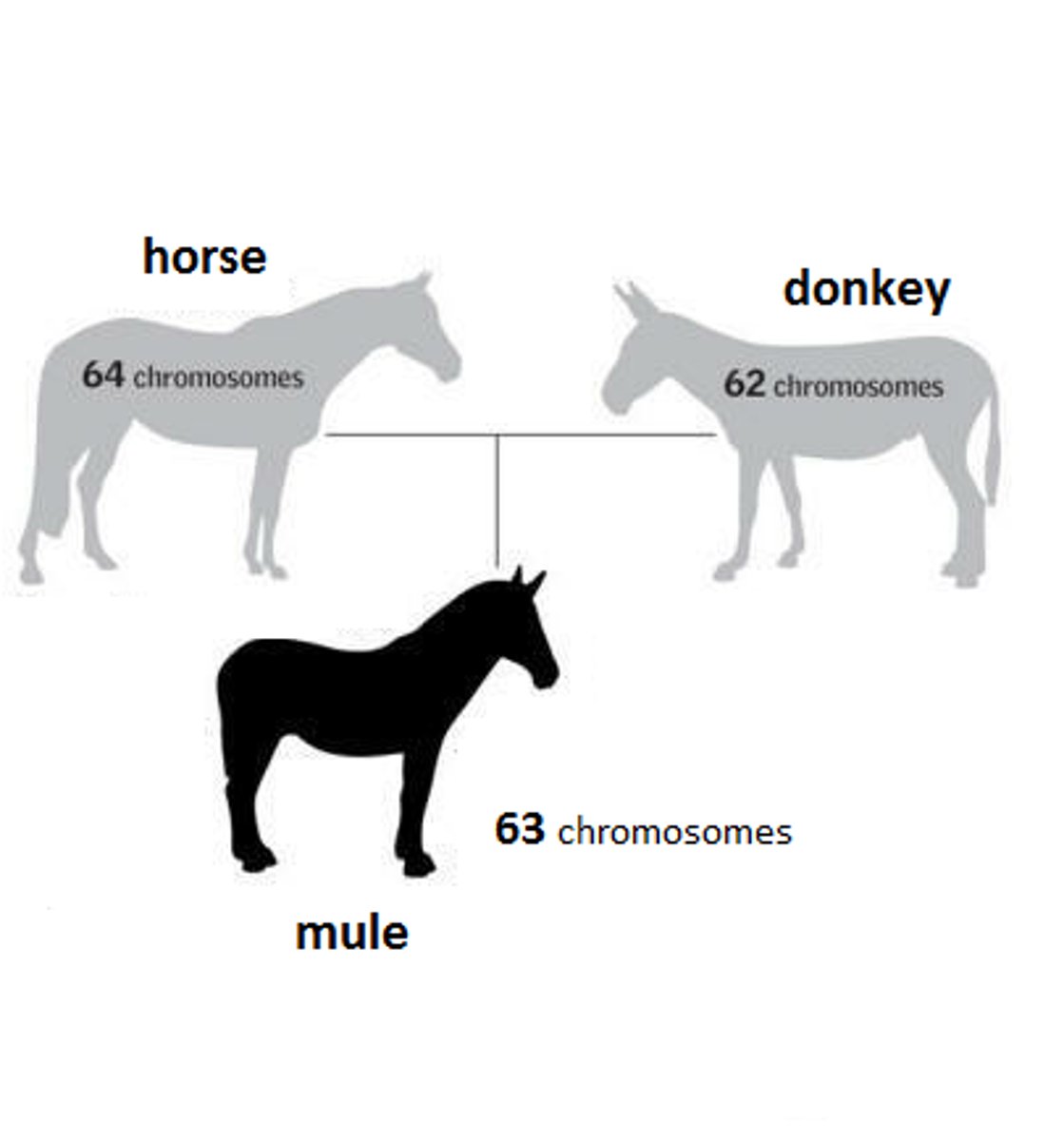
behavioral isolation
isolation between populations due to differences in courtship or mating behavior
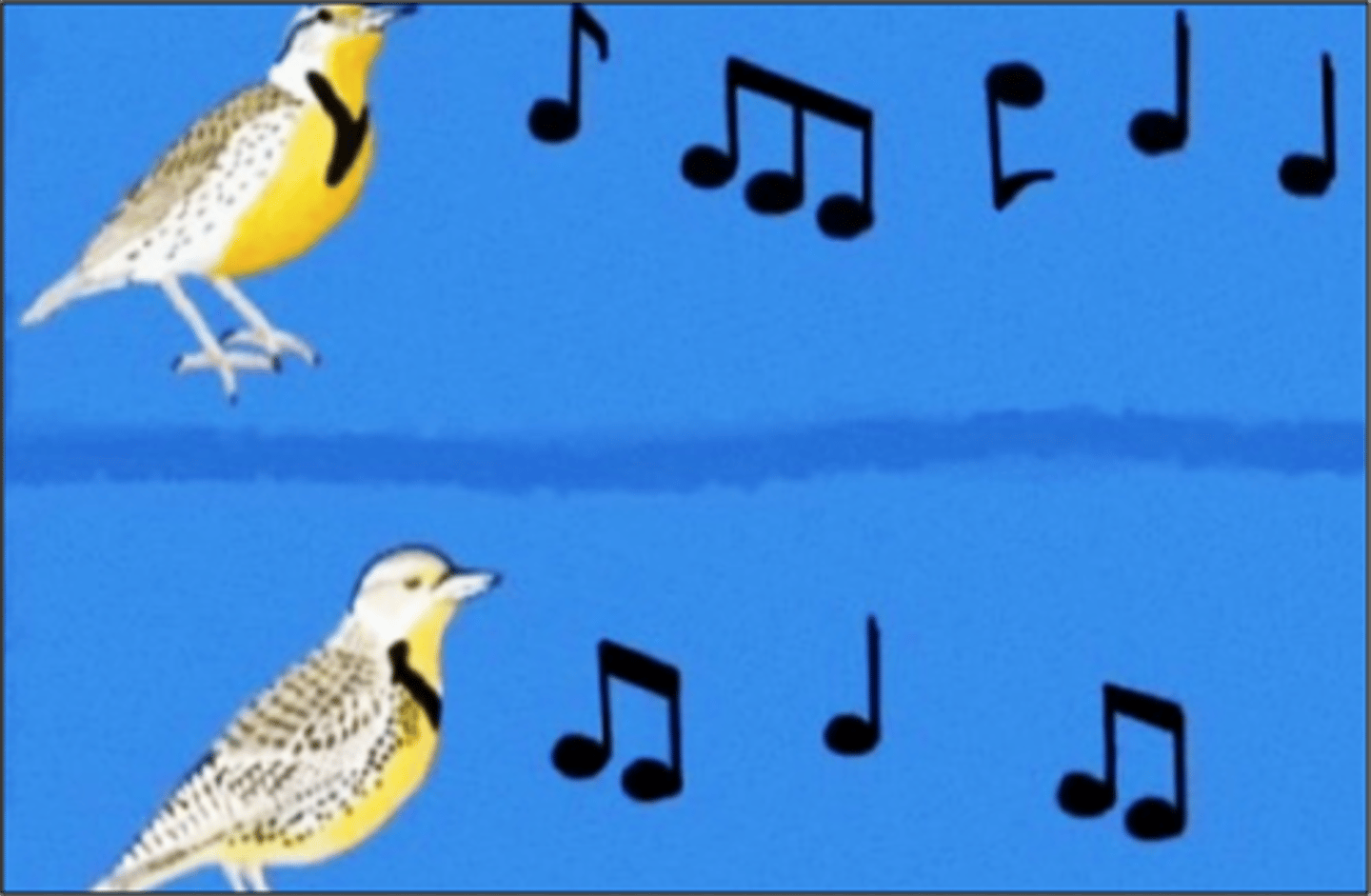
Mechenical Isolation
Mating occurs, but structurally doesn't fit